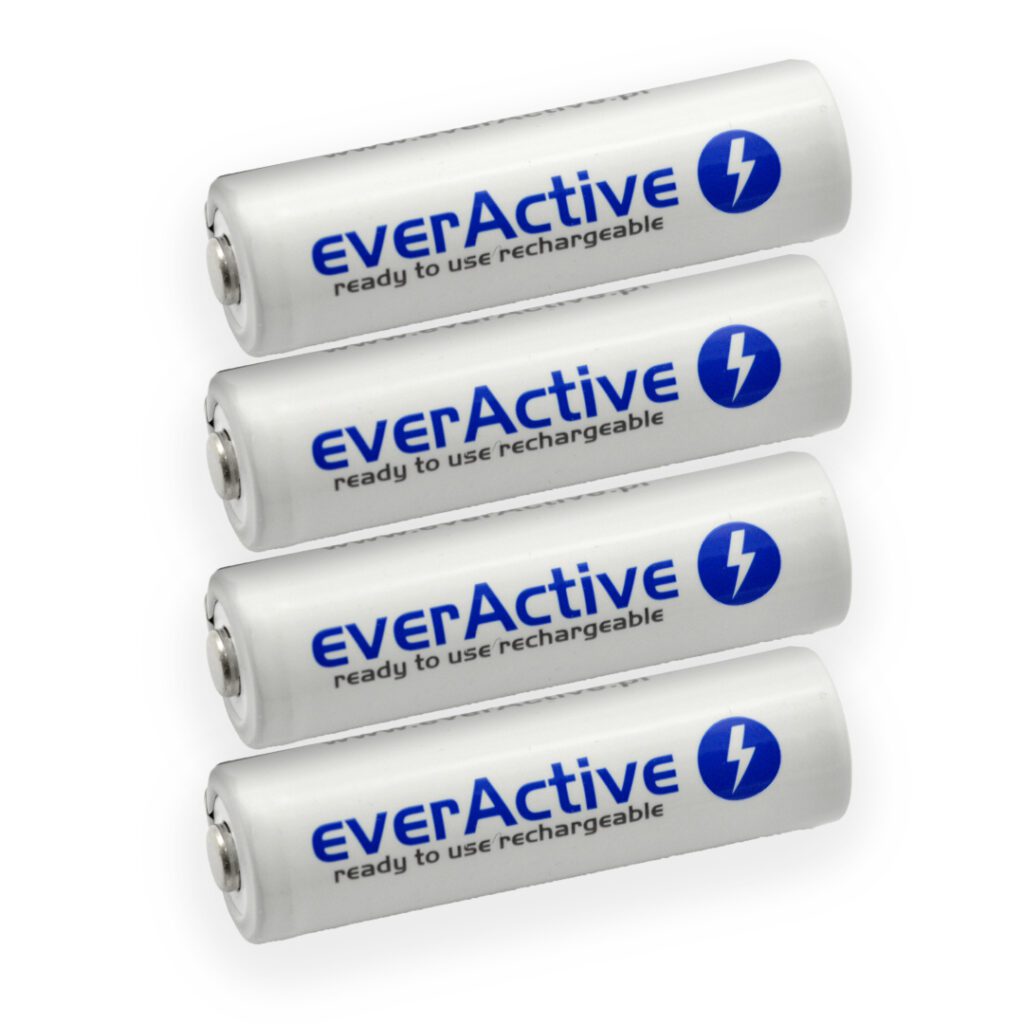Table of Contents:
In an era of widespread mobility and ever-evolving technology, batteries of various kinds are a very important part of our daily lives.
One of the most popular solutions in this field are nickel-metal-hydride models, known as Ni-MH batteries.
What distinguishes them from other batteries available on the market?
What advantages do they provide in terms of powering devices?
Where are they used?
Check out the answers to some of the most important questions and find out exactly what a Ni-MH battery is.
What are rechargeable Ni-MH batteries?
The idea to create this type of battery emerged in the 1970s.
In the 1970s, when researchers from different corners of the world began working on an alternative to traditional nickel-cadmium batteries.
The first examples of Ni-MH were introduced to the market in the 1980s, and their history is closely linked to the quest to find more efficient and environmentally friendly energy sources.
The first attempts to create Ni-MH batteries were complicated.
The initial models had their limitations, such as low energy density and the problematic memory effect.
With advances in chemistry, materials engineering and manufacturing technology, scientists were able to overcome these challenges.
As a result, Ni-MH became very popular in the 1990s, replacing some older battery technologies.
Now, after many years of research and development, Ni-MH batteries are widely available on the market, offering users an efficient power source.
They are distinguished by their innovative chemical structure, which is the key to their efficiency.
They include two key components: nickel and metal, with the addition of hydrogen as an energy carrier.
During the charging process of Ni-MH batteries, an electrochemical reaction takes place – the nickel oxides in the anode are reduced, leading to the absorption of metallic hydrogen.
During discharge, this process works in reverse, releasing the stored energy.
The most important advantages of Ni-MH batteries
NiMH batteries are popular due to a number of key features that make them an attractive choice for a variety of applications.
Their key advantages include:
- High energy density – one of the most important advantages of Ni-MH batteries is their high energy density.
This means that they are able to store a large amount of energy in a relatively small form, making them an efficient power source for many devices. - Serial connectivity – Ni-MH batteries can be connected in series, which in turn allows the voltage of successive cells to be summed.
The average for such batteries is 1.2 V. Thus, with 4 NiMH batteries, we have a battery with a voltage of 4.8 V. This makes it possible to conveniently adjust the voltage to the needs of a particular device, as well as to increase the flexibility of the applications of the described batteries.
- Low self-discharge – Ni-MH batteries have a relatively low self-discharge rate.
This means that they hold energy well even during periods of inactivity, which translates into longer use time between charges. - Reduced memory effect – Ni-MH batteries are less susceptible to memory effect than older technologies such as nickel-cadmium batteries.
This means they don’t have to be completely discharged before being recharged, making them more convenient to use. - Higher capacity – compared to Ni-Cd models, Ni-MH batteries have a higher capacity, which means they can store more energy and power devices efficiently for longer.
- Easier recycling – Compared to some traditional battery technologies, Ni-MH versions are more environmentally friendly.
Their chemical composition makes them more amenable to recycling processes.
Where are Ni-MH batteries used?
Nickel-metal-hydride batteries are used in many areas.
They are commonly used in portable devices such as cell phones, digital cameras, camcorders, remote controls and flashlights.
Many power tools, such as.
drills, screwdrivers, electric shears or impact hammers, use Ni-MH batteries.
These types of batteries are also used in medical devices and emergency power systems, such as. UPS.
In addition, NiMH batteries are often encountered in children’s toys, such as educational robots, remote-controlled vehicles or interactive games.
The versatility of the batteries described makes them widely used in consumer electronics.
How to take care of the life of Ni-MH batteries?
A good quality Ni-MH battery can last for more than 1,500 charge cycles.
However, it is worth taking proper care of such batteries to prolong their life.
First, avoid fully discharging the battery before recharging it.
It is recommended to use mains chargers, which automatically adjust the charging voltage and current to suit the battery.
Also, store unused batteries in a cool and dry place, avoiding extreme temperatures.
Following these recommendations will help you maintain the optimal life of your Ni-MH batteries.
How useful was this post?
Click on a star to rate it!
Average rating 0 / 5. Vote count: 0
No votes so far! Be the first to rate this post.




















